"Why Junior High School, by Irving Pollack, ACL, gives the answer to its own question with a freshness and vigor that mark it as an outstanding amateur achievement. Classroom activities, a difficult subject, were handled with fruitful appreciation of what goes into an interesting picture. The film is marked throughout with thoroughly satisfactory photography and there are some scenes which present highly effective compositions. The story, told with a carefully worked out plan, never is allowed to become dull or uninteresting. The directorial ability of Mr. Pollack is well shown in the manner of handling those who appear in the pictures, for no evidence of self consciousness can be seen. The audience gains the impression that the picture was made by some one who knew what he wanted and went directly after it." Movie Makers, Dec. 1934, 547.
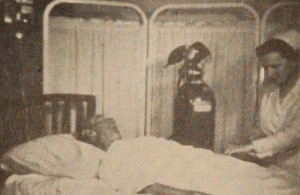
"Efforts of the American Cancer Society both to disseminate accurate information on the disease and to dispel erroneous conceptions form the theme of this unit production by the Amateur Movie Society of Bergen County, in Hackensack, N. J. Based jointly on a case history of neglect and a situation illustrating some baseless fears of cancer, the film shows the many forms of service rendered by the A.C.S. through its local chapters. Handsomely mounted and capably photographed, the picture is a tribute to the technical skill of its director, William Messner, and the cameramen who assisted him. The commentary and music on the sound track ably support the visual message. A tendency towards confusion in the scripting prevents the picture from fulfilling completely the thesis implied in its title." Movie Makers, Dec. 1949, 472.
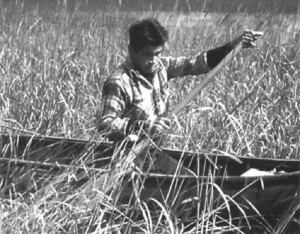
"Shows a traditional wild rice harvest, including parching, threshing or jigging by foot power, and fanning. Participants are the John Chicag family and Gerald Strong." Minnesota Historical Society.
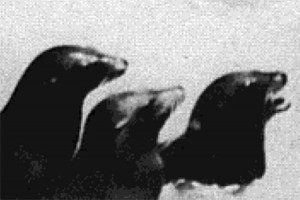
"A student of nature, Vince Hunter has filmed this delicate study romancing the wild shores of the Pacific coast with its thunderous waves on the rocky ramparts of Oregon and the calm of the tidal basins of the southern area. We feel the power in the maelstrom of wild combers, with the spindrift flowing in the wind like the mane of excited stallions racing to the shore. The birds, animals, and tidal growth on the offshore islands are rarely seen in pictures. An experience for those who love the sea and are charmed by its moods" PSA Journal, Nov. 1958, 46.
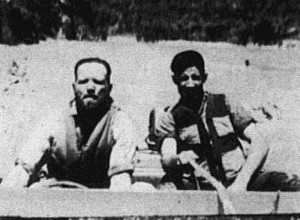
"Al Morton's "Wild Water and Bouncing Boats" takes us through Desolation and Gray Canyons on the Green River which flows into the great Colorado River. The Green River starts in northern Utah and joins the Colorado south of Arches Monument in Utah. The picture takes us down the Colorado as far as the Hoover Dam. The country abounds in desert and canyon scenery—to say it is spectacular is a display of modesty. There are canoes and other hand-powered craft on the turbulent rapids with upsets and the struggle to gain an island rock and the shore. There are craft equipped with outboard motors to drive it through turbulent waters and rapids. This film is packed with thrills for those who like rough water" PSA Journal, Nov. 1957, 33.
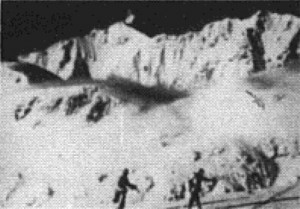
"A story of the natural wilderness, people, and mountains 200 miles from the sea, the wilderness alps of Stehekin in the North Cascade country. Brought into its scenic grandeur through the ages never the same, yet not to be changed by man. There are the wild gardens and glaciers high above the sea but far below the icecaps on Mt. Rainier, from time preceding us. A beautiful, relaxing retreat with a narration to be remembered for its refreshing call to the wilderness" PSA Journal, Nov. 1960, 42.
"A hunting trip on the Spatsizi Plateau, led by guide-outfitter Tommy Walker of Cold Fish Lake Camp" British Columbia Archives.
This film was produced at some time during the 1950s or 1960s.
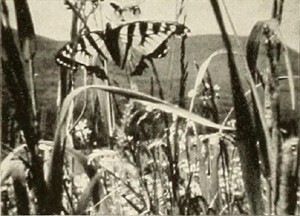
"Robert P. Kehoe, who won Honorable Mention last year with Chromatic Rhapsody, has "done it again" — only more so. In Wildflowers, with his own inimitable magic, he has gathered into light and color all the lazy loveliness of high summer. Here, as if he talked their secret language, bees drone and butterflies dance before his lens. Daisies and buttercups, the wild geranium and "butter and eggs" — a dozen flowers you do know and a score you have forgotten — nod in the warm sun with simple and unassuming beauty. Often, six blades of grass and a single bloom will comprise a moment of ineffable gaiety and song. The rough wood of a slanting black post gives accent to a field of daisies, or the delicate tracery of a "four o'clock" is a breath taking frame for a summer sunset. In Wildflowers, Mr. Kehoe has written once again a lyric testament to nature's incomparable loveliness." Movie Makers, Dec. 1940, 600.
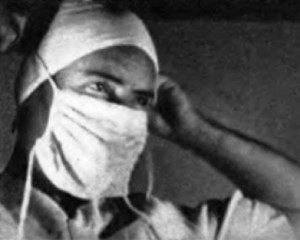
"The Will and the Way is a simple story of '"little people" — but it looms large in its appeal to the human heart. There are, in its tender adventures, the laughter of sympathy and the tears of pathos. From these, as from any great expression of beauty, there comes the genuine and ennobling uplift of the spirit which is so rare in a workaday world. Chester Glassley has been equal to his task. His photography, both indoors and out, is as nearly flawless as skill and patience will permit. His camera treatment is marked by a wise concentration on close views, a dramatic selection of angles and a fine sense of matching and contrasting color values. Good cutting, paired with a brilliantly executed montage sequence, rounds out the technical achievements. But his greatest production triumph lies in the casting and direction of the two lead players, who bring to the amateur screen its most genuine and sensitive acting to date. A young wife is to have a baby. Because of a harsh experience with a rum sodden doctor, she turns blindly toward the thought of going only to a specialist, a great obstetrician, famed both for his fine care and his $1000 fees. Her young husband's reaction as he learns of this feeling is the simple theme of the entire story: "I don't know where we'll get the money, but if that's the doctor you want, then that's the doctor you're going to get!" From then on. life for the young couple is a race against time, punctuated for the husband by a frantic search for cash, which leads him through the indignities of a pie eating contest, the insults of '"amateur night" and the bruises and battering of a vastly unequal prize fight. But the baby wins in the end. The harried father collects only three hundred dollars of the specialist's fee, a sum he begs the great doctor to accept as a down payment. This the physician does, only to return the entire amount later — with a receipted bill — as his tribute to the boy's courage. The Will and the Way is a short, unassuming film, made technically with the simplest tools provided by the craft. But, in its unfailing imagination, its moving tenderness and. above all. in its deep understanding of the human heart, this film is a proud peer among its colleagues of the Hiram Percy Maxim Award." Movie Makers, Dec. 1940, 576-577.
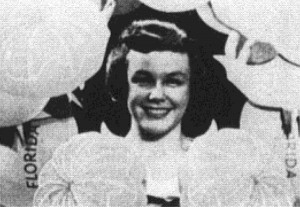
"Our man has been through a long, hard winter and with more snow on the way he goes to Florida. We visit many of the places and see and do the things vacationers like to do. We move from one interest to another and stay just long enough to like it. Our friend awakens from his Florida visit and sunburn, all from his over-long stay under the sun lamp. A delightful visit" PSA Journal, Nov. 1960, 40.
Total Pages: 203